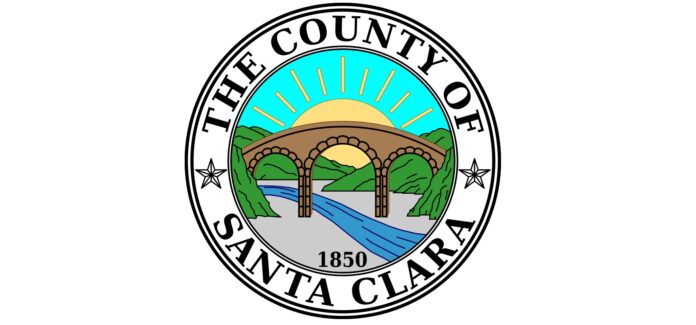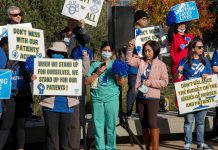The Santa Clara County Board of Supervisors on Tuesday unanimously approved amping up services and resources to combat the fentanyl crisis with money from opioid lawsuit settlements and other grants.
San Jose has been dubbed a “fentanyl hub,” and Supervisor Cindy Chavez established the county’s first fentanyl working group two years ago after a 12-year-old child died from fentanyl poisoning.
Chavez said that, so far, the county has upwards of $48 million in settlement funds to tackle the issue.
On Sept. 12, the board vowed to combat the fentanyl crisis “on every front,” from distributing the opiate-blocker Narcan at concert events, bars, restaurants and by mail order, to expanding prevention and public awareness about the issue, to more training for physicians about addiction and drug prevention.
According to the county medical examiner, the number of fentanyl-related deaths this year stands at 105 as of Tuesday, with the highest number being among youths and young adults. In 2022, 161 people died from fentanyl in the county.
Santa Clara County is getting a piece of a national, multibillion-dollar opioid settlement against drug manufacturers, distributors and retailers for their role in creating a state and national crisis.
According to the county, they expect to receive money from seven settlements, though only two have been finalized—one with opioid manufacturer Janssen and one with distributors Cardinal, McKesson and AmerisourceBergen. Settlements are pending with Allergan Finance, CVS, Teva Pharmaceuticals USA, Walgreens Co. and Walmart, and the county estimates they will be finalized “in the coming months.”
“Based on currently available information, it is estimated that the county could receive up to $45 million from the Janssen and distributors settlements over 18 years,” said the county in a report to the Board of Supervisors.
Last week, San Francisco announced a $267 million settlement with Allergan, Teva and Walgreens.
Santa Clara County is looking at four “domains” in which to spend the money: prevention, harm reduction, treatment services and recovery.
This would include developing a “more robust” public awareness campaign about the dangers of opioids such as fentanyl, especially targeting youth and other vulnerable populations. The county also wants to increase access to lifesaving naloxone, which reverses overdoses, and fentanyl strips, which detect the drug so users know what they will be ingesting.
The county also wants to increase services for youth and young adults.
In addition to settlement cash, the county has been able to apply an $11 million grant from the U.S. Centers for Disease Control and Prevention to help expand services and resources related to the crisis.
Copyright © 2023 Bay City News, Inc.













